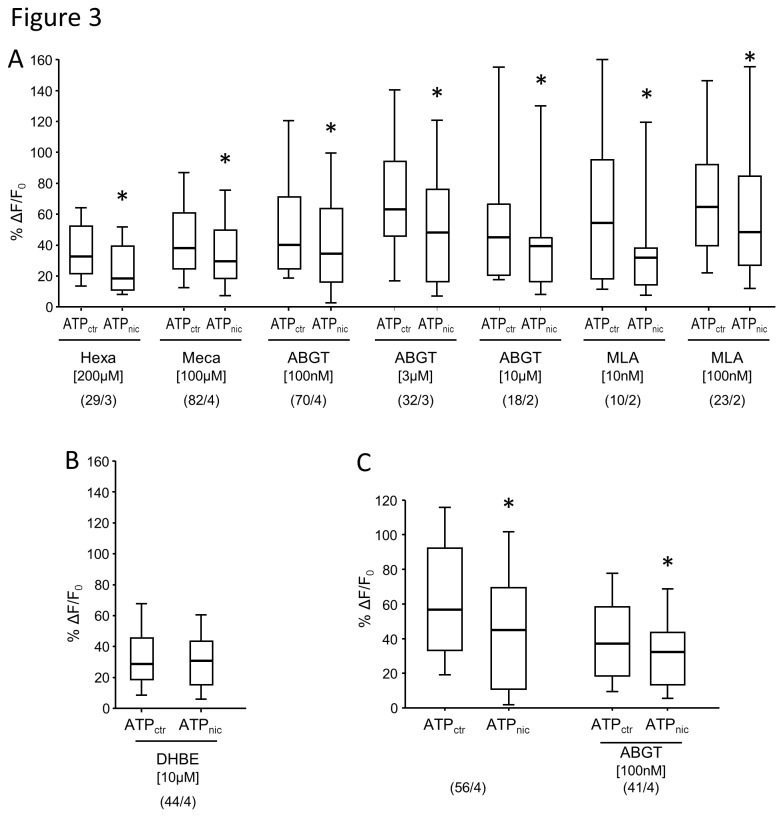Figure 3. Pharmacology of the inhibitory effect of nicotine on ATP-evoked macrophage activation.
A, In presence of hexamethonium (Hexa), mecamylamine (Meca), different concentrations of α-bungarotoxin (ABGT) or different concentrations of methyllycaconitine (MLA), 100 µM nicotine still had a significant inhibitory effect on ATP-evoked [Ca2+]i signals in macrophages (Wilcoxon Signed Rank test, * P < 0.001). B, In contrast, DHBE reversed the inhibitory effect of nicotine (Wilcoxon Signed Rank test, P = 0.156). C, ABGT did not reverse the inhibitory effect of 10 µM nicotine on ATP-evoked macrophage activation (Wilcoxon Signed Rank test, * P < 0.001). Please note that the scatter plots illustrating the inhibitory effect of 10 µM nicotine on ATP responses are identical to those in Figure 2 D. We show them here again as we used the same preparations, but different regions, to test the effect of 100 nM ABGT.
For all panels: ATPctr labels the maximum [Ca2+]i amplitude to a control ATP administration. ATPnic labels the maximum [Ca2+]i amplitude to ATP application immediately after a 10 sec nicotine administration 10 minutes after the control ATP application. Numbers in parenthesis indicate number of macrophages / number of preparations (equal to number of animals).

